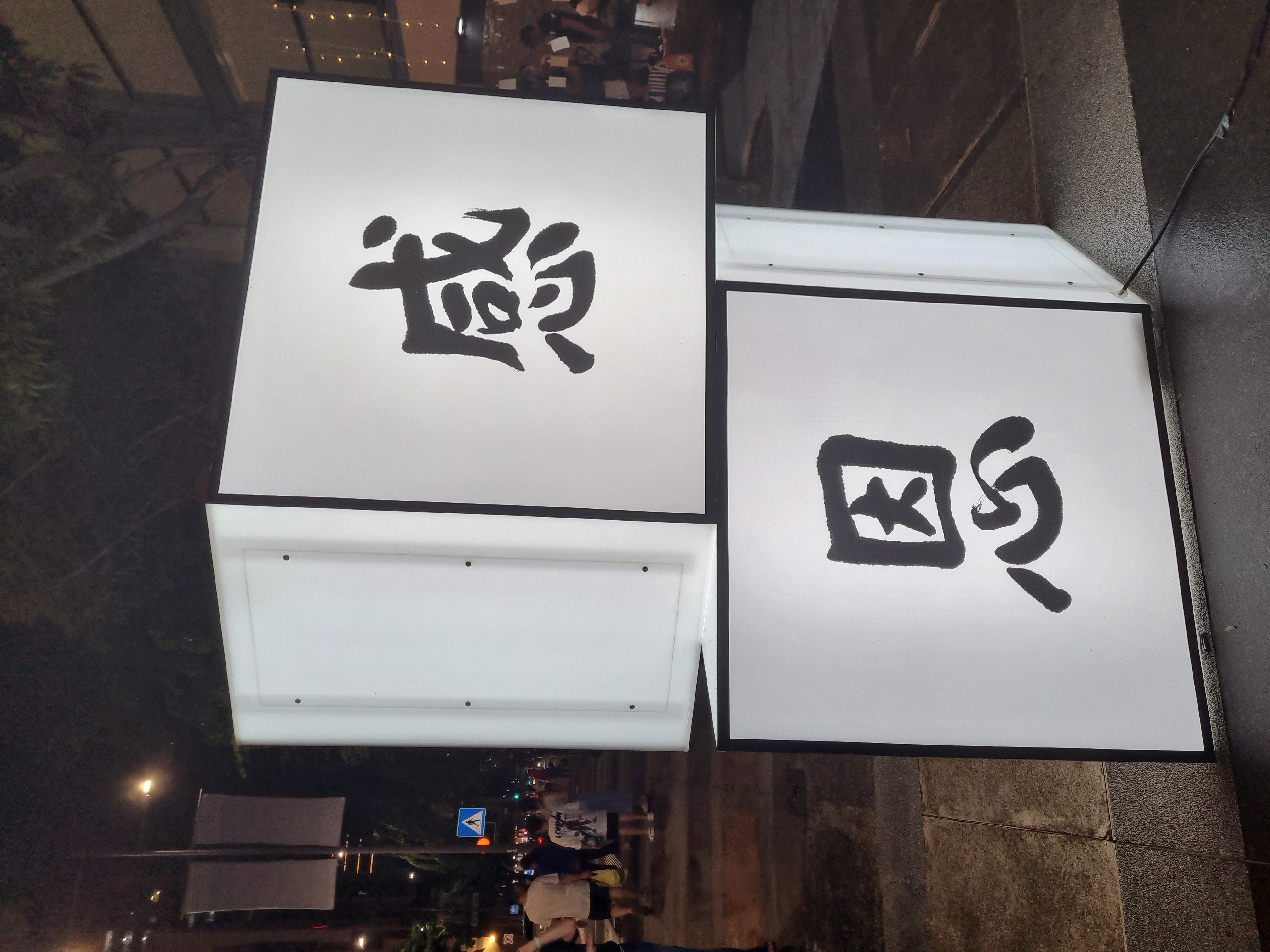
The act of putting on new garments is an important theme that runs throughout the entire Scripture.
An important part of Chinese New Year celebration is getting new garments. Hence, all the departmental stores offer discounts to attract people to buy new garments. The act of discarding old garments and putting on new garments is seen as a symbolic act of saying goodbye to the old and ushering in the new.
“Clothe yourselves with the Lord Jesus Christ, and do not think about how to gratify the desires of the flesh.” (Romans 13:14)
The act of putting on new garments is an important theme that runs throughout the entire Scripture. From the start in the Garden of Eden, after the Fall, Adam and Eve covered themselves with fig leaves sewn together. Later God provided them with garments made of skin. In the book of Revelation, John saw a vision of the holy city, new Jerusalem, coming down from God out of heaven, prepared as a bride adorned for her husband (Rev 21:2).
In Exodus 29: 5-9 we read about the detailed description of how Aaron ought to be dressed when he was performing his religious duties. In other parts of the Old Testament, God’s people will express repentance and contrition by putting on sackcloth, while covered in dust and ashes. Now on the twenty-fourth day of this month the sons of Israel assembled with fasting, in sackcloth and with dirt upon them (Nehemiah 9:1).
Paul, in his Letters, would often use the image of garments to convey spiritual truths. In Ephesians 6:11 he said to put on the full armor of God. In Romans 13:14 he said to clothe yourselves with the Lord Jesus Christ, and do not think about how to gratify the desires of the flesh.
The act of putting on and taking off garments is a symbol of a person’s spiritual state. This Chinese New Year, when you go on your visits, remember to put on the garment of praise instead of a spirit of despair (Isaiah 61:3).

By Rev Philip Lim
Pastor-In-Charge
